Historic kings who angered the Catholic Church
Throughout history, monarchs have clashed with the Catholic Church, often leading to dramatic rebellions that reshaped nations. These conflicts were driven by the desire for autonomy, power, or religious reformation.
The Church’s influence was vast, yet there were rulers who boldly challenged its authority. From disputes over church lands to disagreements on doctrinal matters, these royal rebellions highlight the persistent struggle between secular and ecclesiastical power.
The Bold Defiance of King Henry VIII
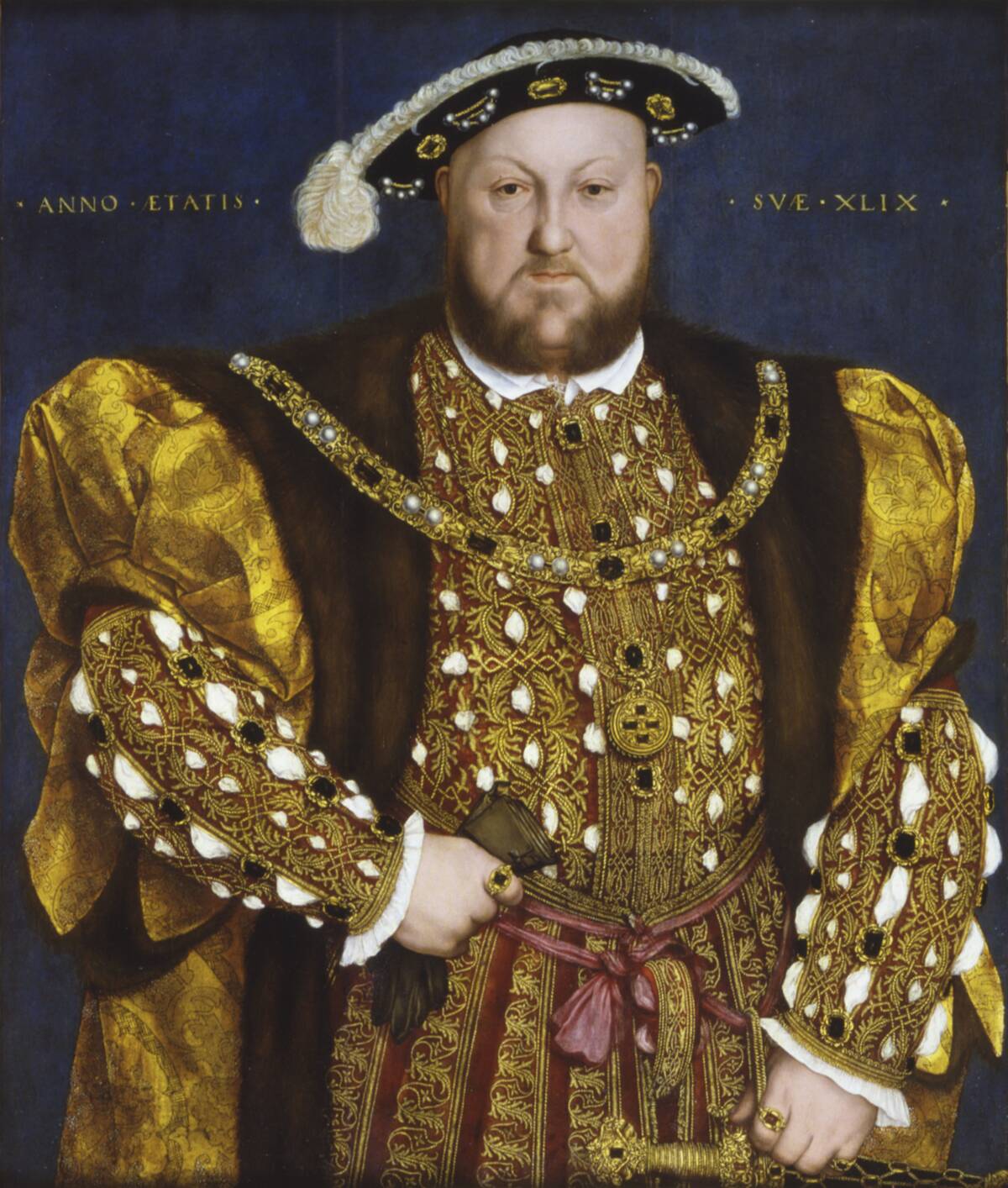
King Henry VIII’s break from the Catholic Church is one of the most famous in history. His desire to annul his marriage to Catherine of Aragon led to a seismic shift known as the English Reformation.
In 1534, the Act of Supremacy declared Henry the Supreme Head of the Church of England. This move not only enabled his divorce but also significantly reduced the Pope’s influence in England, setting a precedent for religious independence.
King John of England and the Magna Carta Controversy
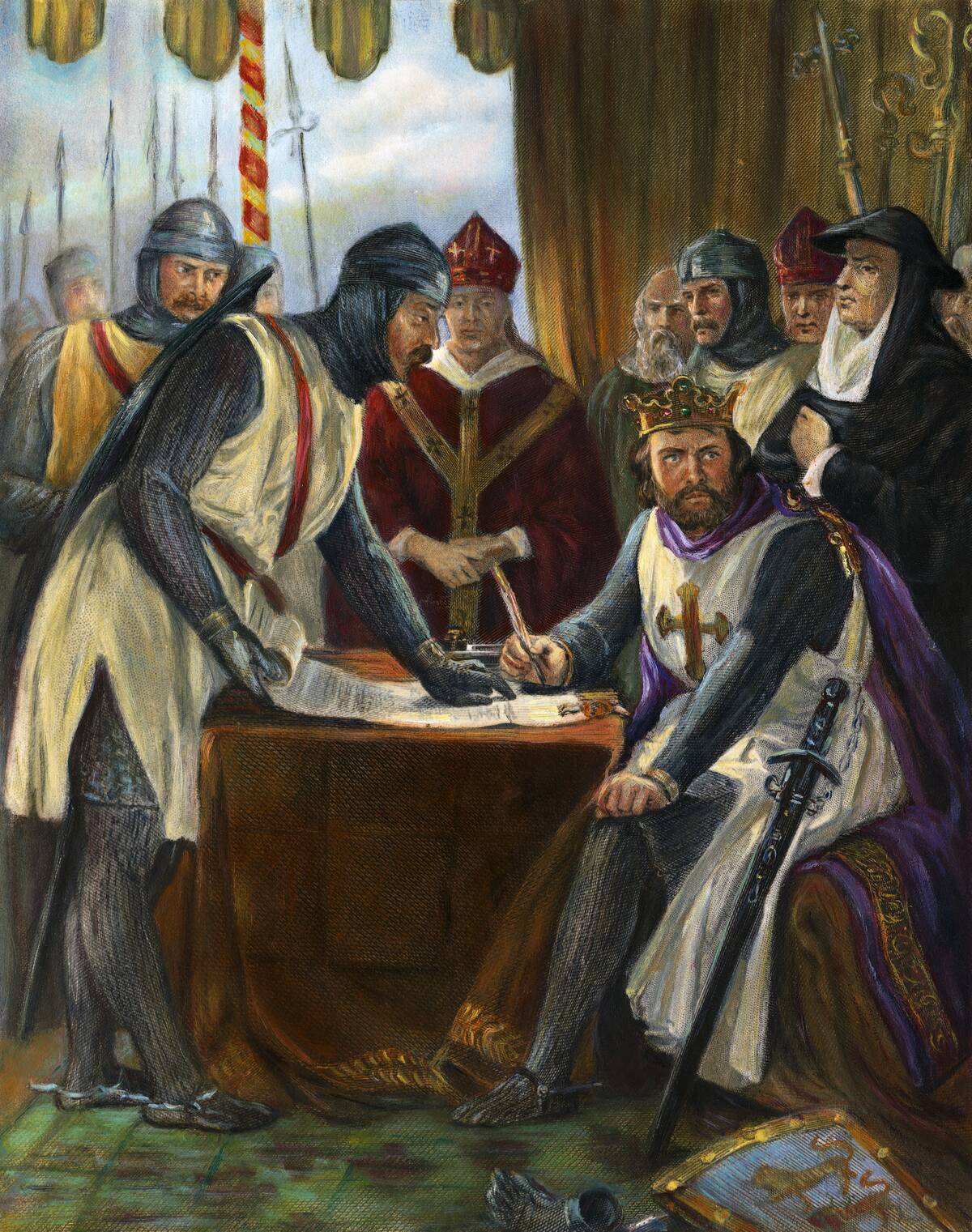
King John’s reign was marked by conflict with the church, including a long history of anti-religious remarks and attitudes that led later historians to suspect he may have been an atheist. His refusal to accept Stephen Langton as Archbishop of Canterbury led to his excommunication by Pope Innocent III.
The Magna Carta, largely a response to John’s tyrannical rule, included clauses that sought to protect the church’s rights. While primarily a baronial document, it underscored the tension between John’s monarchy and ecclesiastical power.
The Turbulent Reign of King Philip IV of France
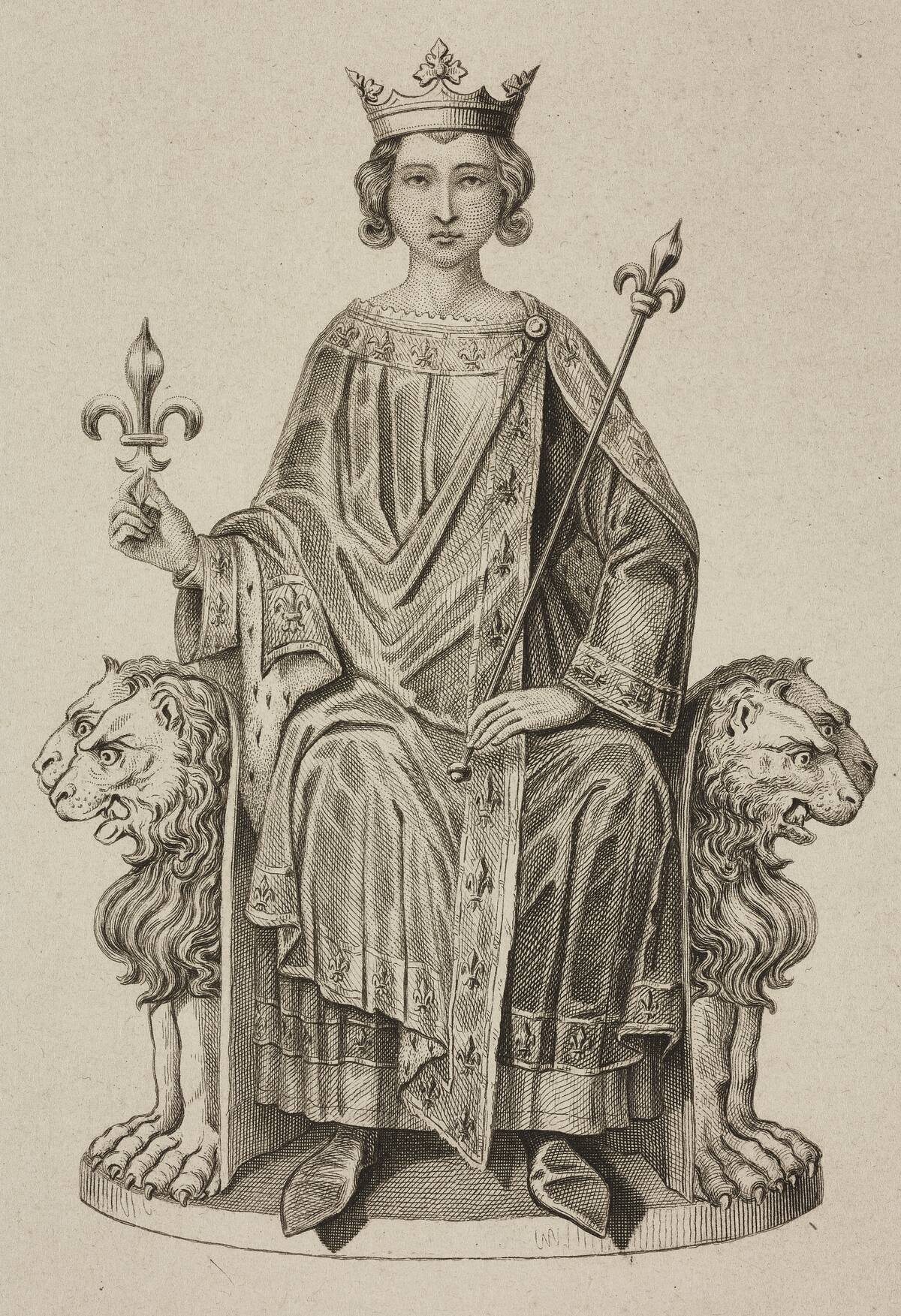
King Philip IV of France engaged in a fierce struggle with Pope Boniface VIII over taxation and church authority. In 1302, Philip convened the Estates-General to garner support against the Pope, a move that highlighted the growing power of the monarchy.
The conflict peaked with the infamous “Outrage of Anagni,” where Philip’s forces captured Boniface. This confrontation severely weakened papal authority and marked a turning point in church-state relations.
King Frederick II of Sicily: The Stubborn Monarch

Frederick II of Sicily, known for his intellectual prowess, was often at odds with the Papacy. His ambition to unite Italy under his rule clashed with the Pope’s territorial interests.
Excommunicated multiple times, Frederick continued to assert his authority. His reign was a testament to the enduring power struggle between secular rulers and the Catholic Church, with both sides refusing to yield.
King Louis XIV’s Conflict with the Pope
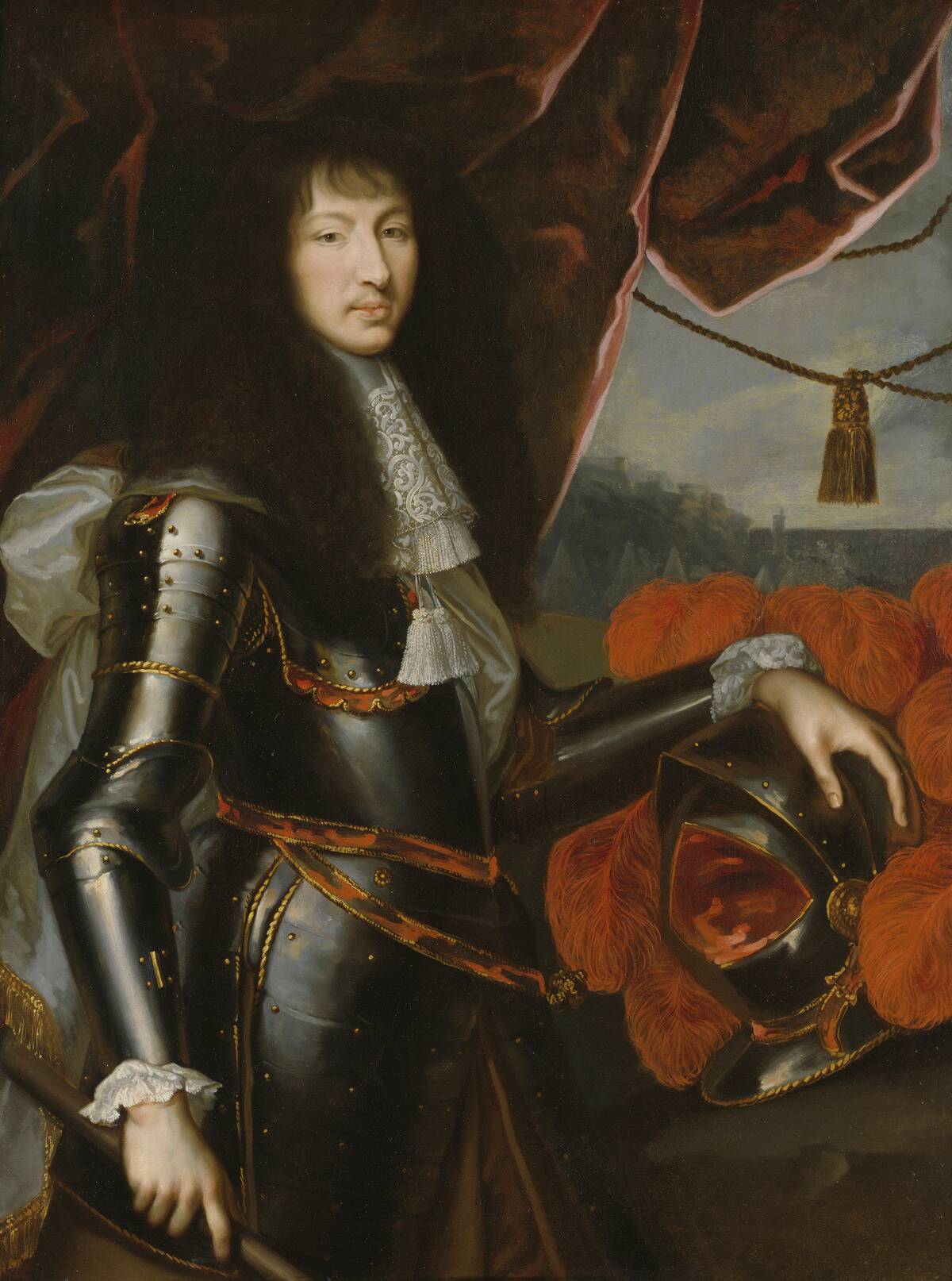
The Sun King, Louis XIV, had his share of disputes with the Papacy. His assertion of “Gallicanism” emphasized the autonomy of the French church from Rome. The 1682 Declaration of the Clergy of France outlined this independence, reducing papal influence.
While Louis maintained Catholic orthodoxy, his policies often put him at odds with the Vatican, illustrating the delicate balance between royal authority and religious allegiance.
The Near-Excommunication of King Sigismund II Augustus of Poland

King Sigismund II Augustus of Poland faced excommunication in 1570 due to his support for religious tolerance. His policy allowed for a diverse religious landscape, challenging the Catholic Church’s dominance.
Although he wasn’t excommunicated after capitulating to Pope Paul IV, this saga was a significant event in Poland’s history. It underscored the tension between the monarchy’s progressive stance and the traditional views of the church, ultimately shaping Poland’s religious identity in the years to come.
King Gustav I of Sweden: Breaking Away from Papal Authority
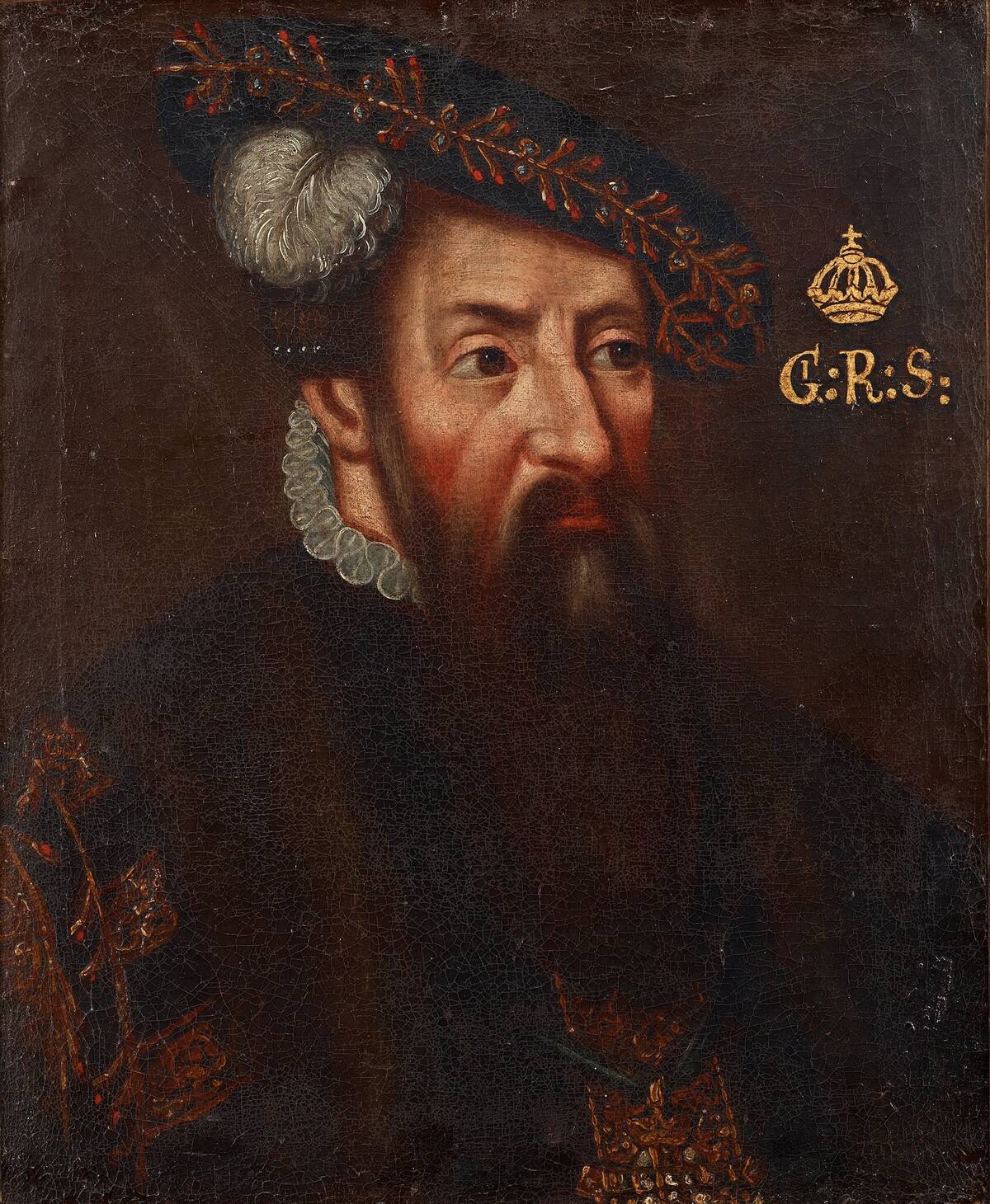
King Gustav I of Sweden is credited with establishing the Swedish Reformation, effectively severing ties with the Papacy. In 1527, the Diet of Västerås marked the transition to a Lutheran state.
Gustav’s reforms included confiscating church property and asserting royal control over religious matters. This decisive move not only diminished papal influence but also strengthened the Swedish crown, setting the stage for a new era of Scandinavian governance.
Emperor Charles V: The Struggle for Power with the Papacy
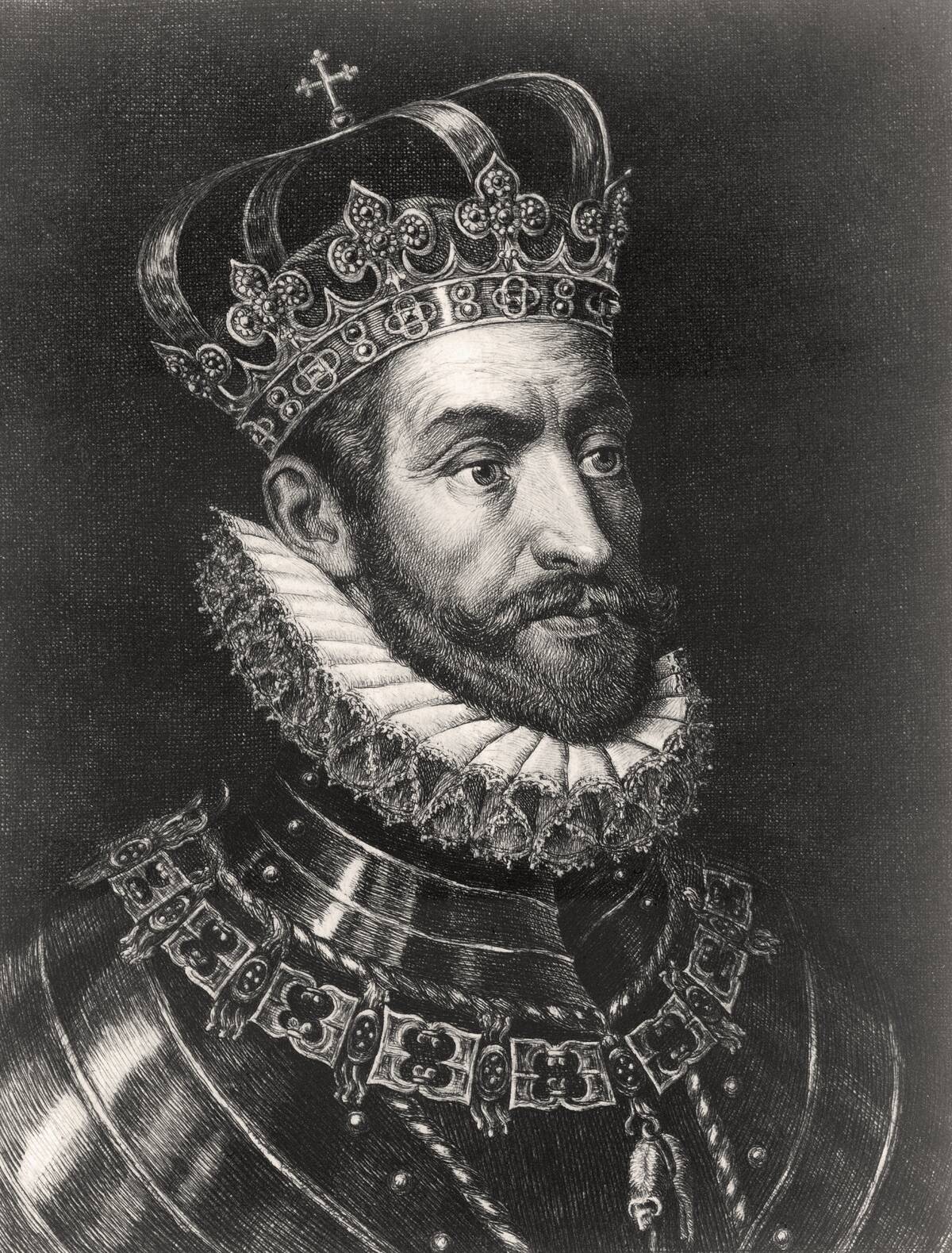
Emperor Charles V faced numerous challenges, not least his contentious relationship with the Papacy. His reign saw the rise of Protestant Reformation, which he struggled to contain.
Despite his Catholic faith, Charles found himself often at odds with the Pope over territorial disputes and political power. In 1527, he even sacked Rome and had Pope Clement VII imprisoned. The 1555 Peace of Augsburg, which allowed rulers to choose their state’s religion, was a testament to the emperor’s complex dance with both Protestant and Catholic forces.
The Wrath of Pope Gregory VII and Holy Roman Emperor Henry IV
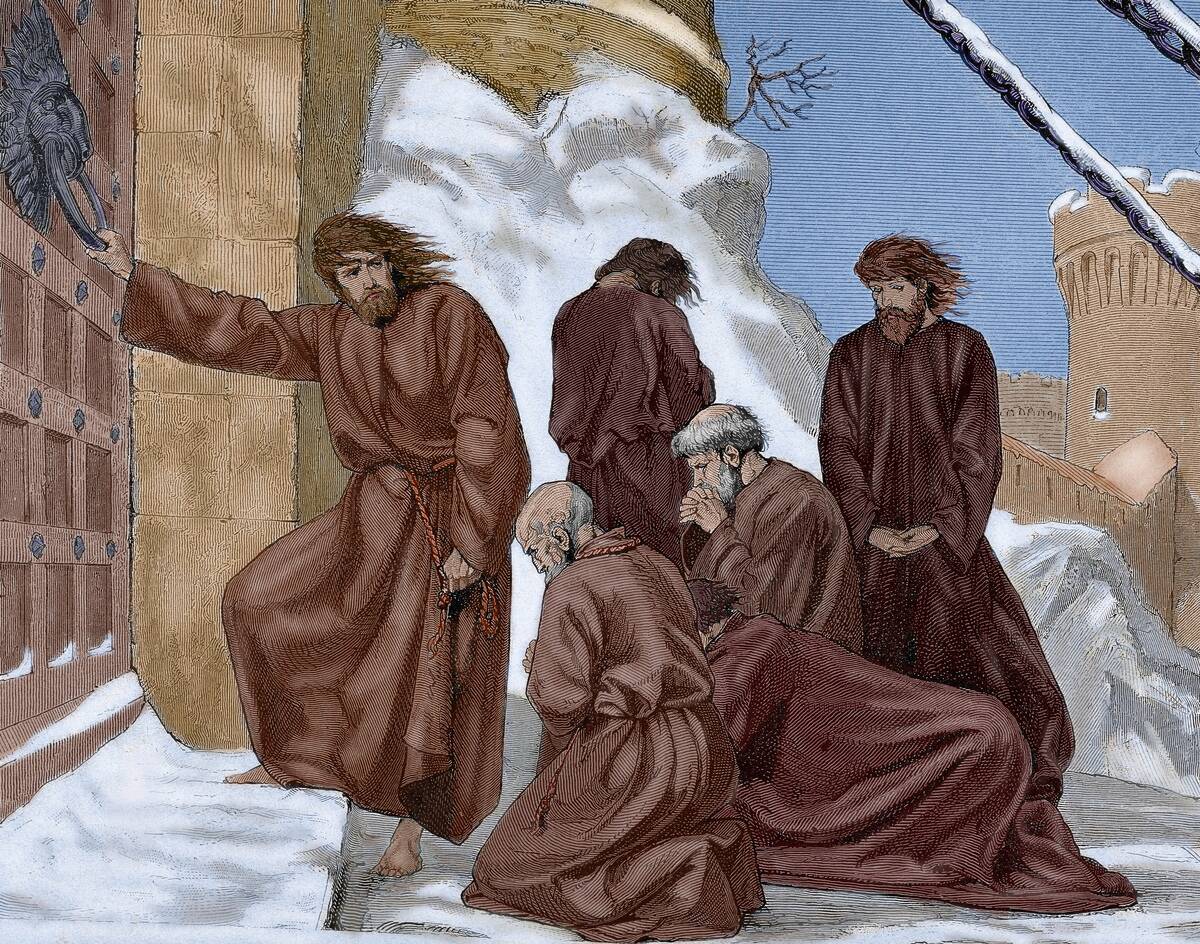
The Investiture Controversy between Pope Gregory VII and Holy Roman Emperor Henry IV was a pivotal moment in medieval history. At its core was the question of who held the authority to appoint bishops.
Gregory’s excommunication of Henry in 1076 led to the dramatic penance at Canossa, where Henry begged for forgiveness. This conflict not only altered the relationship between the papacy and the empire but also set a precedent for future church-state interactions.
King Christian II of Denmark and His Papal Estrangement
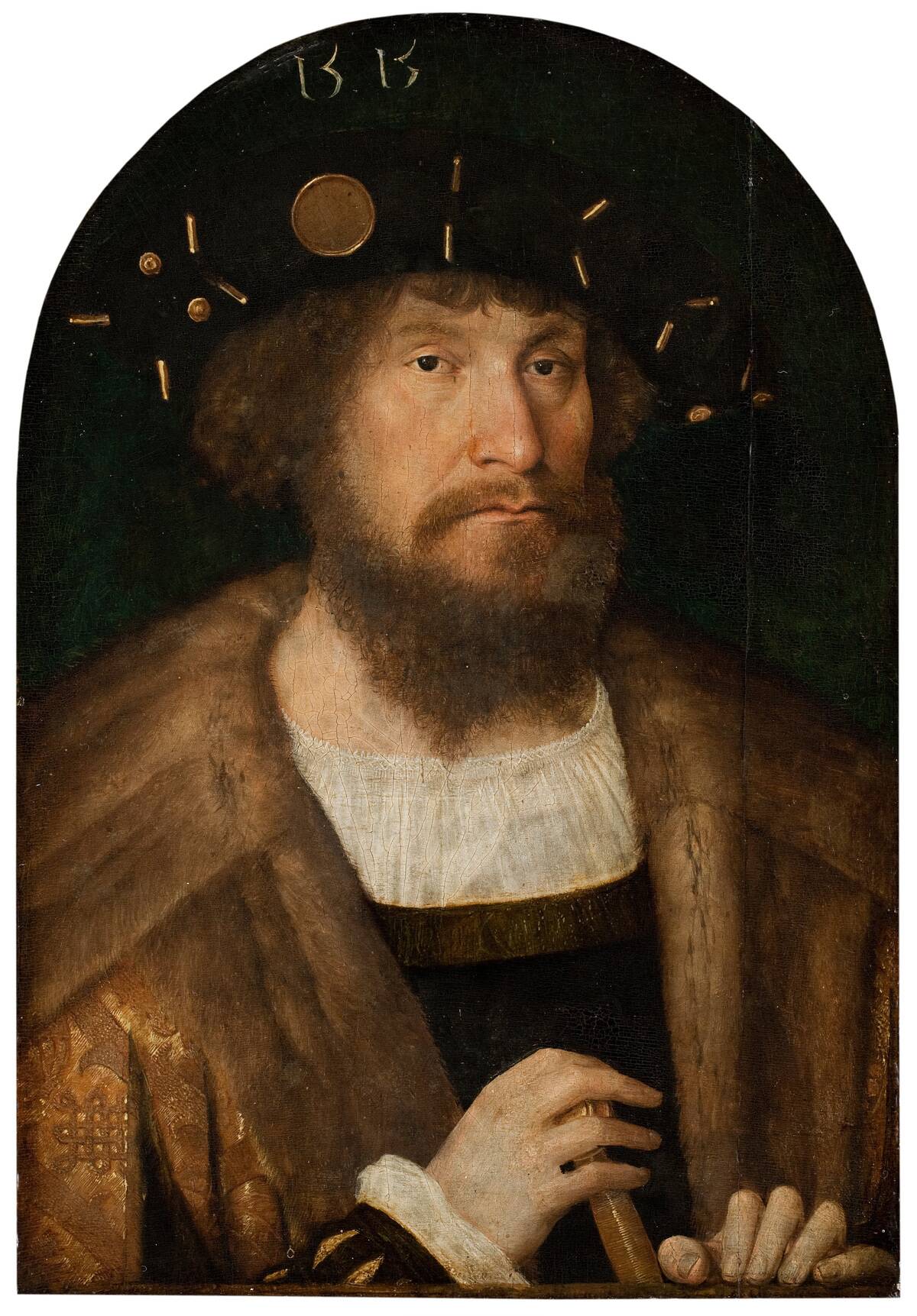
King Christian II of Denmark’s estrangement from the Papacy was marked by his reformist zeal. His efforts to centralize power and reduce clerical influence mirrored the broader European Reformation movements.
Christian’s marriage to Isabella of Austria further complicated relations, as it tied him to the Habsburgs, traditional papal allies. His eventual deposition in 1523 highlighted the volatility of religious and political alliances during this transformative period.



